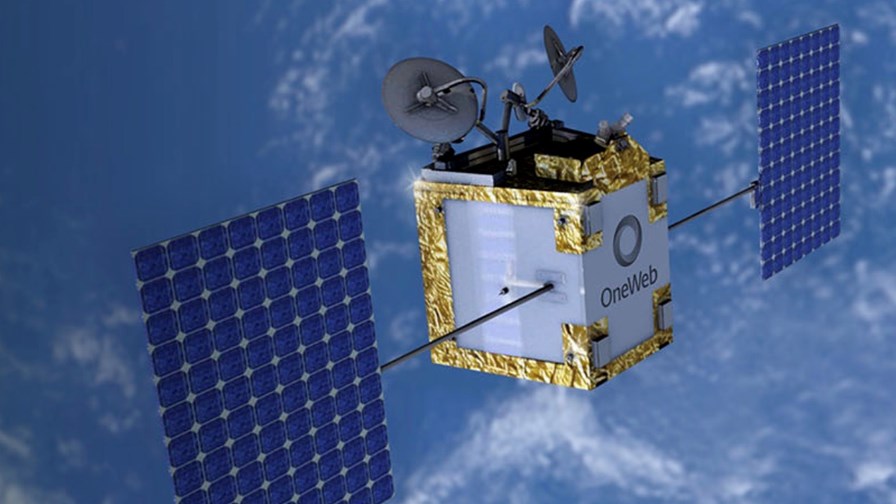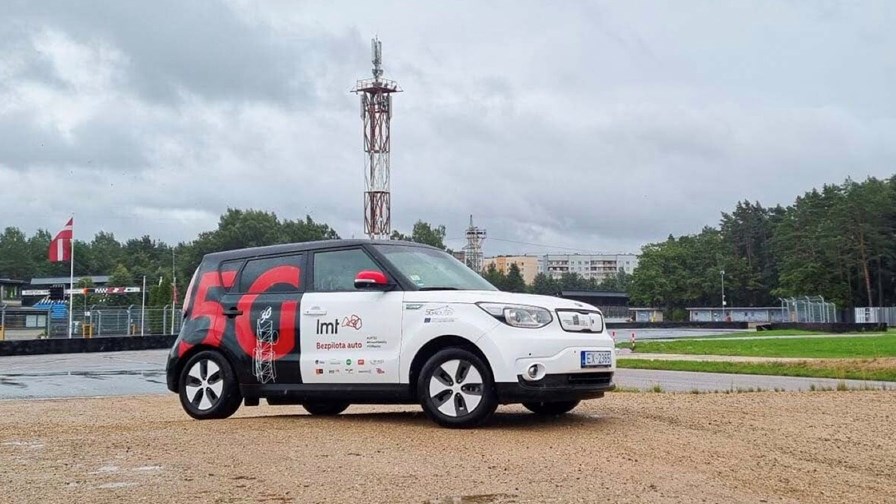
- AT&T teams up with Elon Musk’s rival
- NEC and AWS target global 5G and more
- Telenor’s Myanmar exit in doubt
In today’s news roundup, AT&T is set to cause ructions with its choice of a LEO satellite broadband service partner, while NEC further strengthens its ties with AWS. Plus a lot more of course!
Low-earth orbit (LEO) satellite network operator OneWeb has followed up its recent partnership with BT by striking a strategic agreement with AT&T to improve access for the US operator giant’s business customers into “remote and challenging geographic locations.” The telco notes that “OneWeb has launched 288 satellites and expects to attain global coverage with a total fleet of 648 satellites by the end of 2022. AT&T business and government customers in Alaska and northern U.S. states will be covered later this year.” The move pitches OneWeb into direct competition in the US market with Starlink, the satellite broadband service operated by Elon Musk’s SpaceX. OneWeb was hauled out of bankruptcy by funding from the UK government, Bharti Global and others and recently banked $300 million from a Korean partner.
It’s been a busy day for OneWeb: It has appointed the former UK Ministry of Defence Director of Operations for core IT service, Air Vice-Marshall Chris Moore CBE, as Vice President, International Government and Trade Engagement, a role within the company’s Government and Regulatory Affairs Team. And it announced the successful testing of the Kymeta u8-based LEO terminal with its LEO satellite constellation.
NEC and Amazon Web Services (AWS) have fleshed out their strategic collaboration agreement, struck in October 2020, to identify a joint focus on global 5G, digital government and hybrid cloud. “NEC aims to develop an end-to-end 5G offering and to provide it globally by combining NEC's high-performance cloud-native open 5G mobile core, OSS/BSS solutions, local 5G use cases etc., and AWS cloud and edge solutions,” noted the vendor. NEC has been stepping up its 5G-related R&D activities with key operator partners including NTT and Rakuten Mobile, as well as positioning itself as one of the leading forces in the Open RAN community and is using the experience and advances gained to develop software-based, cloud native mobile network functionality that can be accessed via platforms such as AWS on an international basis.
Telenor’s efforts to exit Myanmar may be scuppered, at least for now, as reports emerge that the ruling junta, which took control of the country in February, is disinclined to approve the agreed sale of Telenor Myanmar to Lebanon-based investment firm M1 Group for $105 million. According to this report from Nikkei Asia, the military regime is concerned about the suitability of M1 as the owner of a national mobile operator. That speculation comes as Telenor comes under increasing pressure from human rights and other pressure groups about its decision to exit Myanmar: The criticism prompted Jørgen C. Arentz Rostrup, EVP and Head of Telenor Asia, to publish a defence of the decision.
Ericsson has launched what it calls its Intelligent Deployment solution, a suite of tools and services that aims to help network operators make smarter, and more automated, decisions about network rollouts and operations. “The solution comprises enablers such as artificial intelligence (AI), automation and a data-driven cloud-based architecture that support different functionalities service providers can use such as Intelligent Site Engineering, Intelligent Integration and Remote Access,” notes the vendor, which cites Vodafone UK as a reference customer: It’s notable, too, that the same operator has also turned to Ericsson for energy-efficient 5G radio access network gear. As operators seek ever greater efficiencies in every step of their network selection, deployment and management processes, this is exactly the kind of development they are looking for from key suppliers. Read more.
The 3GPP has outlined how, in Release 17, 5G will provide “enhanced support of industrial IoT” by expanding “the support for Time Synchronization and Time Sensitive communications for any application.” To find out more, see this announcement.
Wholesale broadband access network operator CityFibre continues its fibre deployment march across the UK by announcing the start of work in Chichester as part of its “£195 million plans for West and East Sussex.” CityFibre has also announced that Kent-based ISP Vfast is to use its fibre networks in Chatham and Gillingham to offer broadband services to homes and businesses, while Yayzi Broadband will use CityFibre infrastructure to offer services in Blackpool and Preston.
Look at a map of Europe and down the eastern shore of the Baltic you’ll see a line of small countries - the Baltic States - running down to Poland. Estonia, Latvia and Lithuania to be exact, also bordering Russia, Finland and Belarus. Where better to test 5G cross-border mobility? Latvia's LMT and Estonia's Telia 5G networks have developed a 5G mobility testbed at Latvia's “Bikernieki” race track to imitate fully functioning international connectivity as part of the 5G-Routes project. To test the feasibility the Baltic operators have been working together to ensure a smooth transition from one operator on one side of the border, to the other, whilst also ensuring connectivity in the middle. This is a technical challenge, as border areas tend to have weaker mobile coverage. The companies say they have already successfully demonstrated a first use case – a teleoperated vehicle simulation (see below) conducted remotely over LMT's 5G network from the town of Cesis 80km away.

Email Newsletters
Sign up to receive TelecomTV's top news and videos, plus exclusive subscriber-only content direct to your inbox.




